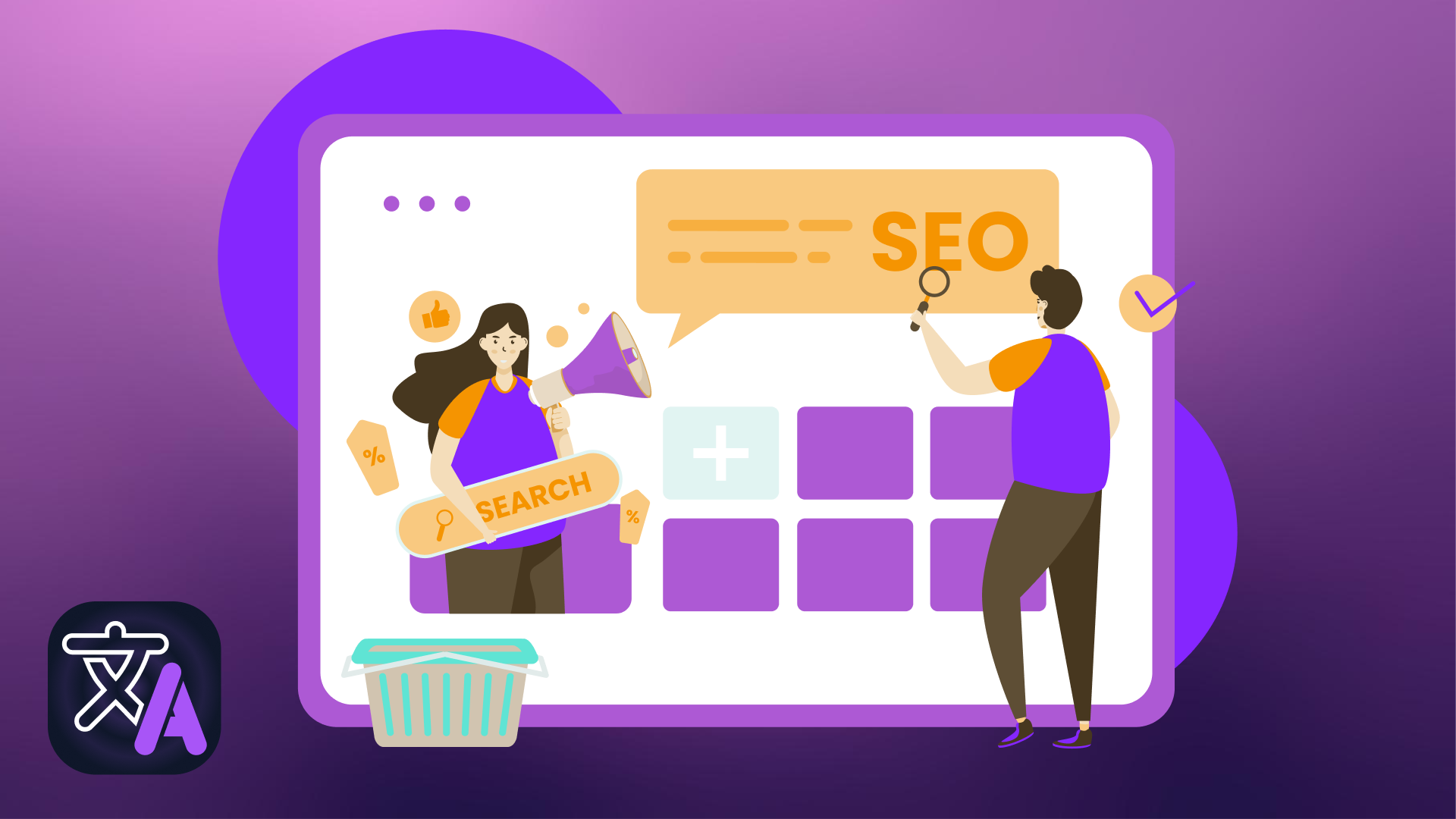
Multilingual SEO with LingoJs
09/28/2025
Why SEO Matters for Multilingual Websites
Global expansion is no longer a luxury. If you want your product to grow, you need to translate your website and make sure that translated content is discoverable by search engines.
Many teams still worry that using a JS-based solution like a localizer website widget will hurt rankings. That was a legitimate concern years ago but today things are different.
Googlebot now renders JavaScript, meaning translations delivered by LingoJs are visible to search engines as long as your pages are crawlable.
According to Google’s own documentation, their crawler processes most JavaScript-powered websites.
Learn more on Google’s official guide here.
With the right setup, you can enjoy the flexibility of instant client-side translations without sacrificing SEO.
How Search Engines Index JavaScript in 2025
Googlebot uses a two-phase process to index your site:
- Initial crawl: It fetches the raw HTML.
- Rendering stage: It executes JavaScript, builds the DOM, and indexes what it sees.
This means that if your translations load quickly and don’t block rendering, Googlebot will see the fully translated version of the page.
That’s why performance and proper rendering are critical. LingoJs delivers translations in milliseconds, ensuring your multilingual app is fully rendered before Google’s indexing step finishes.
Common SEO Challenges for Translated Websites
When teams switch from a monolingual to a multilingual setup, they often face:
- Duplicate content risks if all languages share the same URL.
- Poor crawl efficiency if localized pages aren’t linked internally.
- Wrong language rankings if search engines can’t tell which page is for which audience.
- Missing metadata like translated titles and descriptions.
These aren’t problems with JavaScript they’re configuration issues.
LingoJs gives you the translations and language switcher, but you still need to configure URLs, hreflang tags, and metadata for full SEO benefits.
Technical SEO Best Practices for Multilingual Apps
Follow these steps to make your translated content rank well:
1. Use Language-Specific URLs
Each translation should have its own unique URL:
example.com/en/productsexample.com/fr/produitsexample.com/es/productos
This avoids duplicate content penalties and gives search engines unique pages to index.
Tip: LingoJs can map translations to these URLs dynamically. Make sure your routing or CMS supports unique paths per locale.
2. Add Hreflang Tags
Hreflang tags tell search engines which language and region a page targets.
Example:
<link rel="alternate" href="https://example.com/es/productos" hreflang="es" />
<link rel="alternate" href="https://example.com/en/products" hreflang="en" />
<link rel="alternate" href="https://example.com/fr/produits" hreflang="fr" />These tags help Google serve the right version to the right audience and prevent wrong-language search results.
Best Practice: Maintain a full set of hreflang tags across all localized pages, including a self-referencing tag and optionally
x-defaultfor the fallback version.
3. Localize Metadata
Translate your title tags, meta descriptions, Open Graph data, and structured data. This boosts SEO and improves CTR from search results.
LingoJs lets you load translated strings per route, but you still need to configure your <head> section to pull in the right metadata for each language.
4. Ensure Crawlable Navigation
Googlebot must be able to find all your language versions.
- Use regular
<a href="...">links in your language switcher (not just JS actions). - Link between language versions internally to strengthen discovery.
- Consider including localized pages in your sitemap.
5. Submit Localized Sitemaps
Create a sitemap that lists all language-specific URLs. Google Search Console supports hreflang annotations in sitemaps, which is easier to maintain at scale than adding tags manually.
6. Optimize Page Speed
Translations should load instantly. If Googlebot times out before translations render, it may index an empty or untranslated page.
LingoJs is lightweight, delivering translations in milliseconds but you should also optimize images, reduce JS bundle size, and use a CDN to ensure quick rendering worldwide.
Why Client-Side Localization Still Wins
Some developers think server-side rendering is the only SEO-safe approach. But client-side localization has big advantages:
- No rebuilds: Add languages without redeploying.
- Instant updates: Push translation changes live without code changes.
- Scalable: Works with SPAs, static sites, and headless CMS setups.
Thanks to Googlebot’s rendering engine, client-side translations are now indexable making this approach ideal for agile teams.
LingoJs: Built for Modern SEO
Unlike generic translation widgets, LingoJs is designed to support an SEO-friendly setup:
- Works with search-friendly URLs
- Supports localized metadata injection
- Compatible with hreflang and canonical tags
- Delivers translations before indexing completes
It’s the easiest way to make your website multilingual without breaking search engine visibility.
Real-World Results
Brands using LingoJs see results like:
- 2× increase in organic traffic from non-English regions
- Higher ranking in country-specific SERPs
- Lower bounce rates thanks to native-language content
And because LingoJs doesn’t require backend changes, teams ship multilingual SEO in days, not months.
Recommended Workflow for 2025
Here’s a proven approach to multilingual SEO with LingoJs:
- Audit international traffic to pick top target markets.
- Enable 2–3 key languages first to test ROI.
- Configure unique URLs and add hreflang tags.
- Translate metadata and Open Graph tags for each locale.
- Generate & submit localized sitemaps to Google Search Console.
- Monitor rankings & CTR and expand to more languages.
This ensures speed to market and long-term SEO growth.
The Bottom Line
Search engines are smarter than ever, and multilingual SEO is no longer optional. With LingoJs, you can translate your website, create a truly multilingual app, and stay fully indexable as long as you follow SEO best practices like unique URLs, hreflang tags, and localized metadata.
In 2025, the winners are the brands that speak every customer’s language and show up first in search results.
👉 Get started with LingoJs today and turn your site into a global growth engine.
